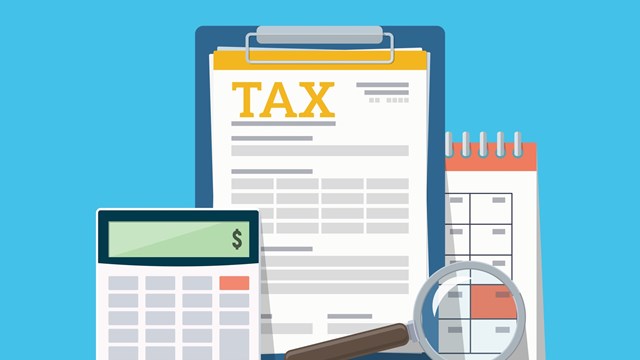One of our clients recently asked us to investigate the accuracy of their building’s square footage as listed on New York City’s Notice of Property Value. In order to contest the gross building area of a parcel, the city requires an engineer’s report along with a stacking plan delineating the space with the actual use and setting forth the square footage calculations.
During our investigation we discovered that not only was the city overstating the total square footage of the building, it had also overstated the retail and residential areas when in fact such space was being used for parking. The overstatement and mischaracterization of the square footage had enormous tax implications over time. In fact, ultimately the result of discovering this error in the city’s records resulted in a $3.6 million refund to the client.
Correcting the Discrepancies
You may ask: But why the discrepancy in the first place?
The New York City Department of Finance is charged with estimating values of New York City residential and commercial properties. New York State and City real estate law is applied. Tax rates are set each year by the Mayor and City Council. The rates are applied to property values to help determine each homeowner's annual tax liability. In mid-January, the Department of Finance mails out Notices of Property Value to property owners throughout the five boroughs. The Notice will indicate how the city estimated its market value for the upcoming tentative assessment roll published on January 15th.
According to the Department of Finance, state law requires Finance to value most condos and co-ops as if they were in residential rental buildings. Finance values rental buildings and other commercial properties on their income producing potential using the Real Property Income and Expense statements they file each year.
Most properties in New York City, with the exception of one-, two-, and three-family homes and utilities, are valued by what is known in appraisal parlance as the “income approach” to value. Under this valuation method, the city uses actual or estimated income and expenses to arrive at a net operating income, which is then capitalized to determine present value. The Notice of Property Value will show each of these underlying components, however, it will not show the square footage breakdown, as between retail, residential, garage etc. Since many taxpayers are not familiar with the income approach, the tendency is to simply file away the Notice without too much scrutiny or thought as to its tax consequences.
Since this is the only time taxpayers will see how the city values their property, a closer look is warranted. These underlying components of the assessment—income, expenses, cap rate, and square footage—will not appear on the tax bill issued in late June. The bill will only show the city’s estimated market value and corresponding assessment.
Gross Building Area
While the income, expenses and cap rate may be subjective variables in the assessment equation, the square footage of the property is not. The city refers to a property’s square footage as the “gross building area” because it taxes property owners on every square inch of the property, from outside brick to outside brick.
It is important to ensure the accuracy of this figure for two reasons. The first is obvious: it may be overstated. The second reason, which may have an even greater impact, is the fact that not all space is assessed at the same rate under the income approach. Since assessments are income-driven, retail space that generates more income is assessed at a higher rate on a per square foot basis than its residential or garage counterparts.
Therefore, the accuracy of the city’s breakdown of the gross building area according to actual use is essential. It is important to remember that the Notice of Property Value will not set forth the breakdown of the gross building area. You will need to contact the New York City Department of Finance or an experienced tax certiorari professional to obtain this information.
Most of the time, the city simply uses the same square footage it has had on file for decades in valuing properties. But what if the use of the property has changed? Was this information correct to begin with when obtained decades ago? Since assessments are presumed correct, it is the taxpayer’s and their counsel’s job to ensure the city is working with correct figures.
Accuracy is Key
There are over one million properties throughout the five boroughs and the city has the enormous task of fairly and accurately assessing these properties year after year. Given the enormity of the task, it is not surprising that mistakes are sometimes made along the way. Therefore, it is important to pay close attention to the Notice of Property Value issued in January and ensure that the city is using accurate and updated figures in valuing your property, including the accurate square footage.
Katharine Finch is a lawyer in the Real Estate Tax Certiorari group of Windels Marx Lane & Mittendorf, LLP. Charles Damato and Howard Simon also contributed to this article.







Comments
Leave a Comment